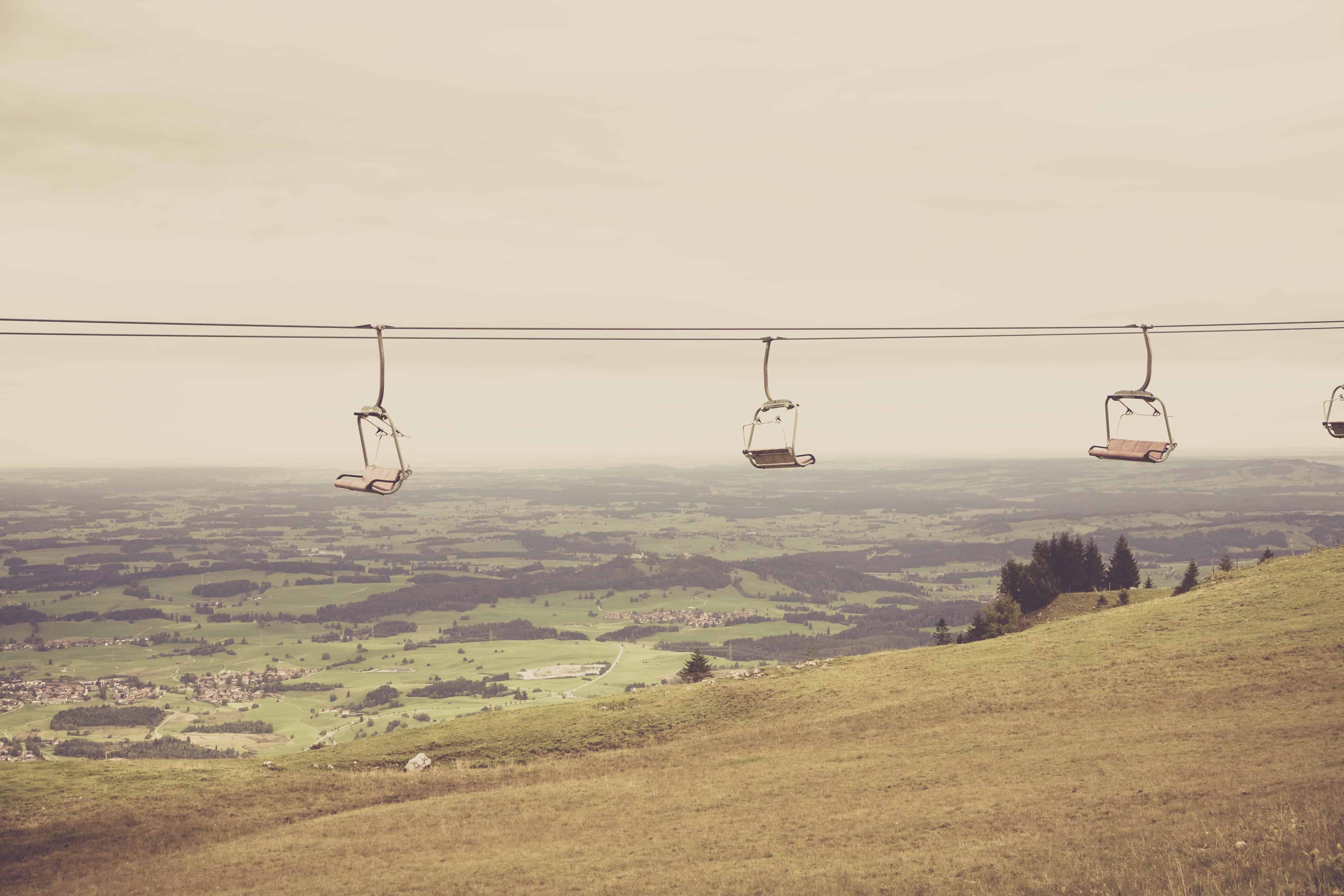Global temperatures are rising, with 2016 as the hottest year on record. Higher temperatures typically mean less snowfall, and natural snow becomes scarce for Canadians seeking to participate in their beloved winter sports. In short, winter sports industries are at risk.
There are 30 different ski clubs and resorts in Ontario alone, but it is difficult for them to keep services running when temperatures drop barely below zero during winter months. Most skiers hardly notice this during a day on the slopes though because resorts can create large amounts of artificial snow, which currently covers the majority of slopes at Ontario ski resorts.
Artificial snow is made of small ice particles produced by a high pressure pump that sprays a mist of water into the air, which crystallizes to form snow. Bacteria are also used to allow water molecules form crystals at higher temperatures than normal and produce lighter, drier flakes. Snow is constantly being fluffed up after being placed onto ski trails, creating better snow for skiers to enjoy.
Large bodies of water are needed for this process, and nearby ponds or dams are often used as supply. However, many ski resorts across North America are using recycled water, or more accurately, sewage water, to create the fake snow for their ski resorts.
Jason Stratton, a spokesperson for the Arizona ski resort Snowbowl, told the Telegraph that water is a precious resource that must be conserved and using sewage water was an environmentally-friendly way to keep the ski industry alive.
Although there are no reports of any patrons complaining of sickness at ski resorts that have been linked to the use of recycled water, 28 per cent of Telegraph readers polled did not agree with skiing on sewage.
Manmade snow has no unique shape like natural snowflakes. The drier snow created by the machines makes it easier to glide over while skiing, but it has a tendency to get slushy if temperatures are too high — a problem that resorts mitigate by replacing the snow every few hours during higher temperature days.
Each ski resort has a weather centre and technicians who ensure that the snow is constantly kept intact for the patrons’ pleasure. This has become an increasingly important job with rising temperatures.
The UK, France, and Switzerland’s most popular resorts have not seen snowfall since November of 2016 and over 45,000 ski resort employees lost their jobs; North American ski resorts may not be far behind. Diana Madson is the Executive Director of The Mountain Pact, an organization that raises awareness for mountain communities in North America.
Madson was quoted by the Telegraph as saying that ski towns have to diversify their economies in order to stay relevant.
The warmer weather, however, isn’t only affecting the recreational aspect of winter sports. In November 2016, the men’s races at the Lake Louise World Cup were cancelled because of high temperatures and lack of snow on the race tracks.
Creating more fake snow and closing the tracks when days aren’t cold enough is not a solution. If the environment keeps heating up at the rate that it is right now, winter sports might become a thing of the past that we have to teach our grandchildren about in school.


